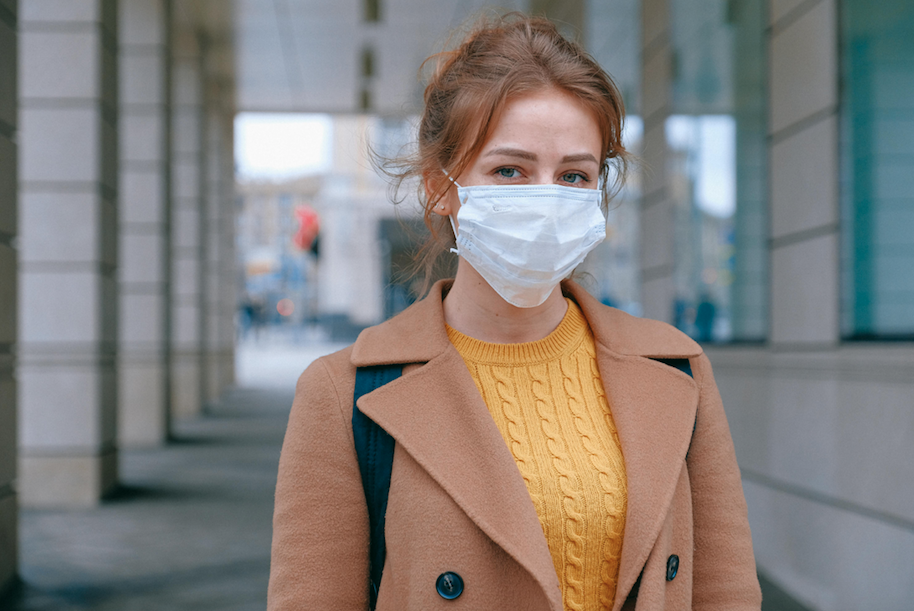COVID-19 pandemic and evolution of antimicrobial resistance in Gram negative bacilli
Abstract
INTRODUCTION: emergency and disemination of antimicrobial resistance is partly linked to abusive or wrong usage of them. The spread of SARS-CoV-2 implied a rise in antibiotics consumption. The aim of this study was to analize the mechanisms of resistance to beta lactams (MRB) in gram negative bacilli (BGN) and amikacin resistance in Acinetobacter baumanii.
METHODS: a retrospective, descriptive study was made on 2863 samples with BGN isolates which were remitted to the bacteriology laboratory from May 2019 to April 2022. 3 periods were defined: May 2019 - April 2020 (P0). May 2020 - April 2021 (P1) and May 2021 - April 2022 (P2).
RESULTS: in P0, 17.9% had MRB. In P1, 22.6% and in P2, 27.9%. Combination of BLEE+MBL was found in 1 isolate of P0, in 2 of P1 and in 13 of P2. KPC+MBL was found in 9 isolates of P2. R AKN in A. baumanii was 17.4% in P0, 30.4% in P1 and 42.7% in P2.
CONCLUSION: there was a significant increase in BGN isolates with MRB. BLEE was the most frequent MRB and Klebsiella sp. the most frequently isolated microorganism with MRB. A significant difference was observed in R AKN in A. baumanii between P0 and P2. After COVID-19 pandemic, there was an increase in the number of BGN with MRB and in R AKN in A. baumanii.
Downloads
References
2. Lazovski J, Corso A, Pasteran F, Monsalvo M, Frenkel J, Cornistein W, et al. Estrategia de control de la resistencia bacteriana a los antimicrobianos en Argentina. Rev Panam Salud Publica [Internet]. 2017 [citado el 01 de julio de 2022];41:e88. Disponible en: https://www.scielosp.org/pdf/rpsp/2017.v41/e88/es
3. Nathan C, Cars O. Antibiotic resistance--problems, progress, and prospects. N Engl J Med [Internet]. 2014 [citado el 01 de julio de 2022];371(19):1761–3. Disponible en: https://pubmed.ncbi.nlm.nih.gov/25271470/
4. O’Neill J. Tackling Drug-Resistant Infections Globally: Final Report and Recommendations. Review on Antimicrobial Resistance. 2016. Disponible en: https://amr-review.org/sites/default/files/160525_Final%20paper_with%20cover.pdf
5. Aguilera Calzadilla Yaumara, Díaz Morales Yayquier, Ortiz Díaz Leonardo Abilio, Gonzalez Martínez Olga Linee, Lovelle Enríquez Orlando Adolfo, Sánchez Álvarez María de Lourdes. Infecciones bacterianas asociadas a la COVID-19 en pacientes de una unidad de cuidados intensivos. Rev Cub Med Mil [Internet]. 2020 Sep [citado el 01 de julio de 2022] ; 49( 3 ): e793. Disponible en: http://scielo.sld.cu/scielo.php?script=sci_arttext&pid=S0138-65572020000300003&lng=es. Epub 25-Nov-2020.
6. Cataño-Correa JC, Cardona-Arias JA, Porras Mancilla JP, García MT. Bacterial superinfection in adults with COVID-19 hospitalized in two clinics in Medellín-Colombia, 2020. PLOS ONE 16(7): e0254671. 2021 Disponible en: https://doi.org/10.1371/journal.pone.0254671
7. La resistencia a los antimicrobianos, acelerada por la pandemia de Covid-19 [Internet]. Paho.org. [citado el 01 de julio de 2022]. Disponible en: https://iris.paho.org/bitstream/handle/10665.2/55928/OPSCDEAMRCOVID19220006_spa.pdf?sequence=1&isAllowed=y
8. Rawson, T.M., Ming, D., Ahmad, R. et al. Antimicrobial use, drug-resistant infections and COVID-19. Nat Rev Microbiol 18, 409–410 (2020). Disponible en https://doi.org/10.1038/s41579-020-0395-y






